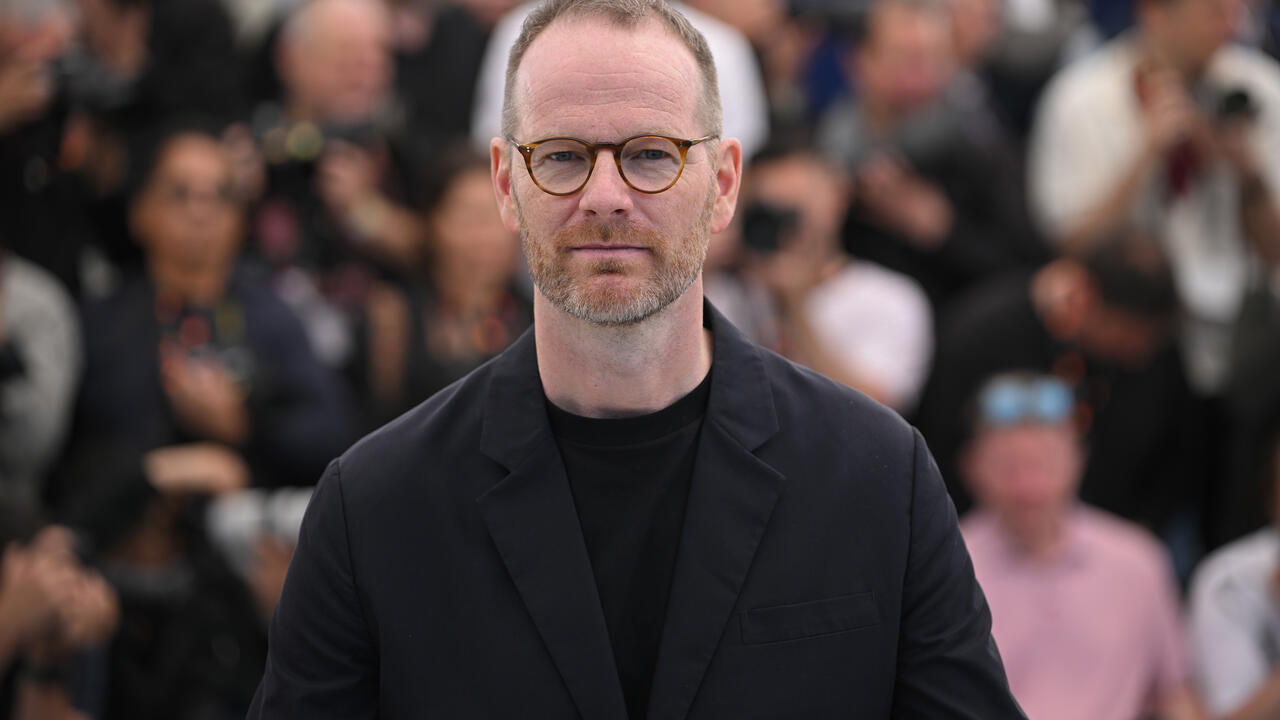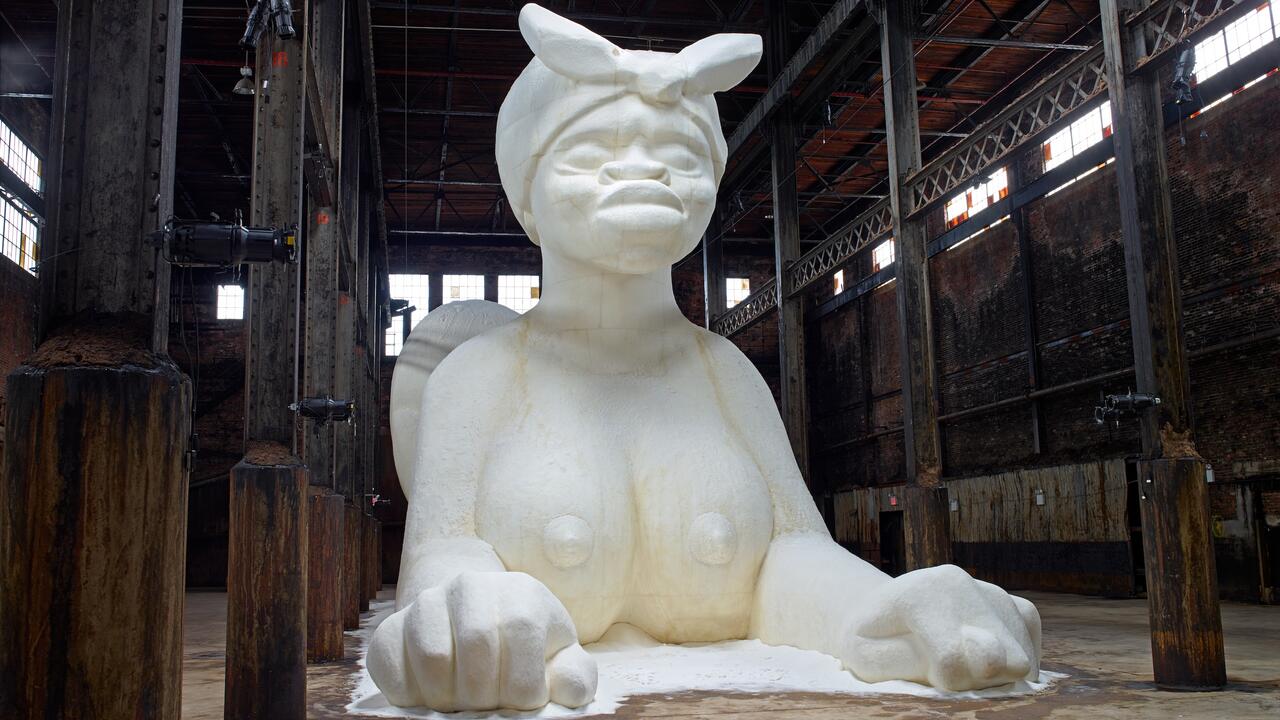Steve McQueen’s ‘Grenfell’ Is a Critical Exercise in Remembrance
The Oscar-winning director trains his unwavering gaze at the site of a tower block fire that claimed the lives of 72 people
The Oscar-winning director trains his unwavering gaze at the site of a tower block fire that claimed the lives of 72 people

Steve McQueen’s new film is a document rather than a documentary. Grenfell (2019) – which plays in a continual loop in a sparse, soundproofed theatre in Serpentine South Gallery – opens to reveal a bright London skyscape. From the vantage point of a helicopter, gossamer clouds float by, the green edges of the city in view; the viewer soars above it all, like a bird, towards the city.
For those of us who know the story of Grenfell Tower – that 72 people died in a preventable, high-rise fire on a late spring night in 2017 due to local-authority negligence – the feeling of dread has already set in. The muted roar of city noises below – busy crowds, road traffic, a train pulling into a platform – exacerbates this sense of foreboding.

Hidden at first by the surrounding urban landscape of west London, the tower – a blackened monolith – finally comes into view. But there is no relief from the suspense. Grenfell was filmed just six months after the tragedy and the magnitude of the devastation is still present.
The sound cuts to silence but the camera continues its slow, revolving journey around the building. What will we see? Did anything remain? Each rotation brings us closer to the interior of the tower. Initially, squinting into the windows, I see what might be a pink blanket for a child, a table and some chairs in a family home. As the camera gets closer, I realize they are sacks of debris and the silhouette of internal scaffolding.

Much of the tower has expanses of flame-coloured ombre patchworked across it, as if the heat is still trapped within. The remaining windows are bandaged in plastic wrapping and parts of the charred exterior walls resemble scabs. It feels as though the building is alive – burned and hurting – while tiny forensic investigators in white scurry about before the hoardings go up around the tower.
Filmed in a single 24-minute shot, Grenfell is confronting. It finds its power in what viewers already know of the tragedy and never removes its dizzying gaze from the twirl of the tower. These nauseating circles evoke the ‘merry-go-round of buck-passing’ that lead counsel Richard Millett KC accused firms of undertaking during his 2022 closing statement for the public inquiry into the fire.

The camera’s perpetual dance with the building forces the viewer to examine their own responsibilities: do you remember where you were when the fire broke out? Did you contribute to the massive volunteer effort in the aftermath? Do you know what stage the inquest is at currently? Do you know where the survivors are now?
After the screening and a few minutes of silence, I am led out into an adjoining room where the names of all the victims are etched onto a wall. One of the names that stays with me is that of Khadija Saye, an artist who lived with her mother, Mary Mendy, on the 20th floor. Saye was the type of person to light up a room, I was told by her friends for a feature I wrote about her work for Dazed in 2017. The self-portraits from Saye’s photographic series, ‘Dwelling: in this space we breathe’, which were shown at the Venice Biennale the year she died, are haunting and beautiful.

Tragedies like Grenfell are often forgotten. They die in our collective consciousness unless people take care to remember them. As McQueen wrote in the accompanying exhibition text: ‘I feared once the tower was covered up it would only be a matter of time before it faded from the public’s memory.’ Yet, the story of Grenfell is not just about a burnt tower. Yes, it is a hugely symbolic structure, but is showing it as a monument of death – with no further context beyond a ream of names on the sterile wall of a white-cube space – enough to keep the memory of the victims alive?
What about the survivors of Grenfell? I want to hear from them, again and again, until a criminal court starts to pay attention. This film is an important document, a critical exercise in remembrance, and has been received more favourably by members of the Grenfell community than the BBC’s plans to turn their tragedy into a three-part drama. But, for those less entwined with the events of 14 June 2017, I wonder if some of the power of the film is lost in voyeurism masked as silent testament.
Grenfell is currently on display at the Serpentine Gallery, London until 10 May 2023




















